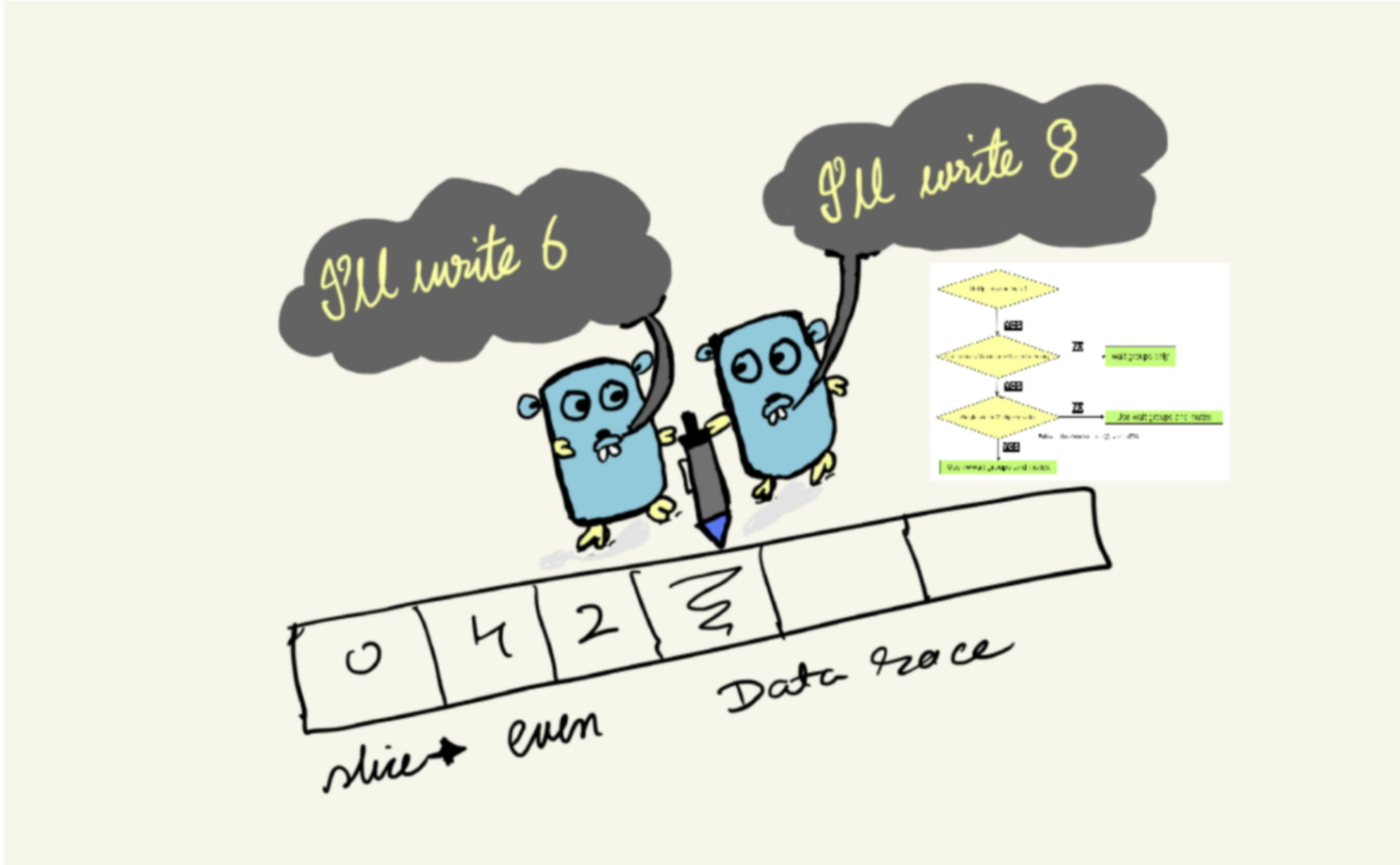
We’ll discuss how using RWMutex over Mutex can greatly enhance performance.
Introduction
Multiple threads accessing the same memory at the same time is not desirable. In Golang we can have several different goroutines that all possibly have access to the same memory variables, which can lead to a race condition. Mutex, mutual exclusion, along with wait groups to avoid race conditions. Mutex and RWmutex of Golang can be used.
Golang Mutex v/s RWmutex
The Mutex in the first is eight bytes. RWMutex is twenty-four bytes. From official docs : A RWMutex is a reader/writer mutual exclusion lock. The lock can be held by an arbitrary number of readers or a single writer. The zero value for a RWMutex is an unlocked mutex.
// Mutex v/s RWMutex//Mutex
type Mutex struct {
state int32
sema uint32
}// RWMutex type RWMutex struct {
w Mutex // held if there are pending writers
writerSem uint32 // semaphore for writers to wait for completing readers
readerSem uint32 // semaphore for readers to wait for completing writers
readerCount int32 // number of pending readers
readerWait int32 // number of departing readers
}
In a nutshell, readers are not required to wait for one another. They merely need to wait for the writers who are holding the lock. Since a just reading function does not change the file contents, it is acceptable to allow many readers to read the same file simultaneously to enhance the program’s performance. But writing alters the file’s content, and mutually exclusive access is required; else, overly large mistakes would occur. A sync.RWMutex is thus suitable for largely read data, and the resource saved over a sync.Mutex is time.
Every write operation guarded by an RWMutex is O(readers).
Benchmarking
Code was ran 10 times on a windows system with an intel i5 chip and the performance was as the average value to complete the concurrent read-write operation.

